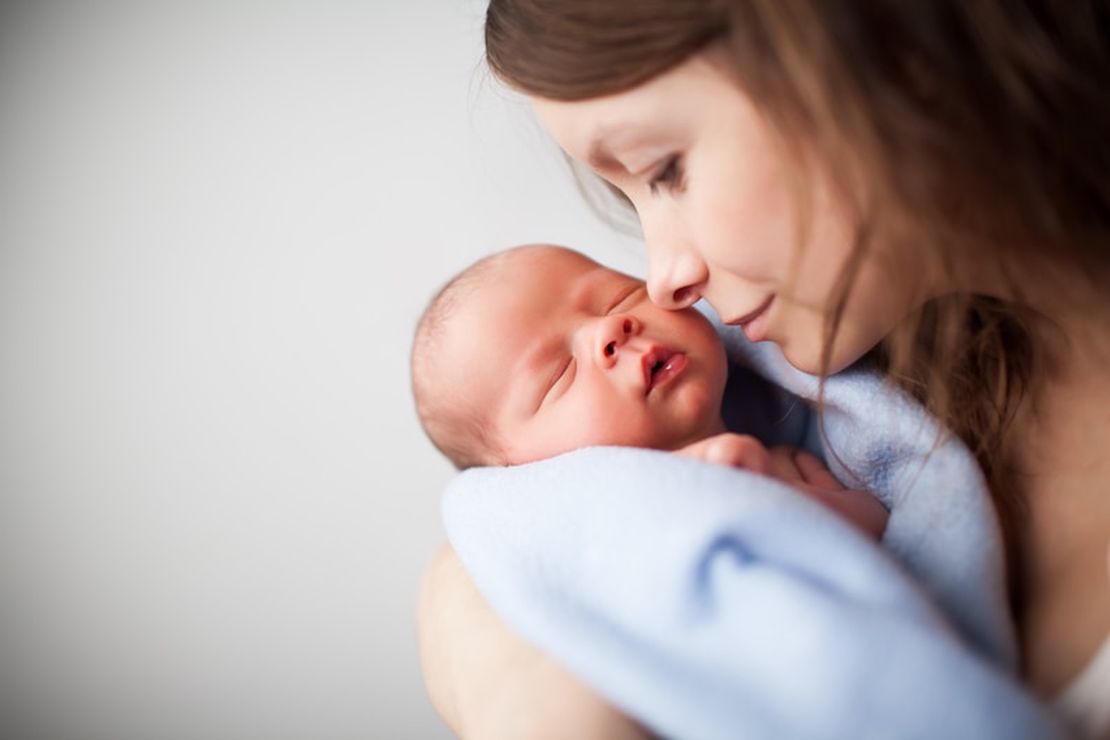Introduction
Neonatal convulsion is the most common clinical sign of neurologic disorders in infants between postnatal days 0-28. Eighty percent of neonatal seizures occur in the first 2 days of life. The fact that convulsions seen in the neonatal period are usually associated with serious diseases and require specific treatment, may disrupt respiratory-circulatory integrity, and uncontrolled seizures may cause serious brain damage and adversely affect long-term prognosis makes urgent diagnosis and treatment mandatory.
Contents
- Etiology
- Pathophysiology
- Clinical Features and Prognosis
- Laboratory Features
- Differential Diagnosis
- Treatment
Etiology
The etiologic diagnosis of neonatal convulsions is based on clinical features and laboratory findings. The frequency of etiologic causes varies according to the time of onset of seizures and gestational age of the infants.
Hypoxic Ischemic Encephalopathy (HIE)
Hypoxic ischemic encephalopathy is the most common cause of acute neurological disorders and seizures in the neonatal period. Despite advances in antenatal and neonatal care, acute neonatal encephalopathy following significant intrapartum asphyxia is still the most important cause of acute and chronic morbidity and mortality in these infants.
Intracranial Hemorrhage
It is an important cause of neonatal convulsions. Many studies have reported that intracranial hemorrhage is seen in 15-25% of cases.
Intracranial Infections
Bacterial or non-bacterial intracranial infections are responsible for 5%-10% of convulsions occurring in the neonatal period.
Cerebrovascular Disorders
It can be demonstrated with advanced imaging methods. It has been detected as a cause of convulsions in 5-6% of cases.
Developmental Cerebral Anomalies
Clinical findings are variable depending on the function of the affected area. Epilepsy, motor-mental retardation and focal neurological problems are the most important clinical findings.
Metabolic Disorders
This general category includes disorders of glucose and serum electrolytes (sodium, calcium, magnesium) as well as disorders of amino acid metabolism.
Pathophysiology
Neonatal convulsions show a very different semiologic structure from other convulsions of childhood. On the other hand, the semiology of seizures in premature infants is quite different from that of term infants.
Clinical Features and Prognosis
Classification of neonatal seizures:
- Subtle seizures
- Clonic seizures
- Tonic seizures
- Myoclonic seizures
Laboratory Features
Although the diagnosis of neonatal convulsions is difficult, investigations for the etiology should be initiated immediately following emergency treatment.
Differential Diagnosis
Some reflex, tremor, withdrawal, jumping and athetosis-like movements of the newborn belonging to his/her own period can often be confused with convulsions.
Treatment
In neonatal seizures, the priorities are to provide adequate ventilation and blood glucose level, to stop the convulsion with urgent and effective treatment, to prevent recurrence, and then to determine the underlying cause and to eliminate it if possible.
Treatment Options
- Glucose
- Phenobarbital
- Phenytoin
- Benzodiazepines
- Lidocaine
- Paraldehyde
- Valproic acid
- Calcium and magnesium
- Pyridoxine
Treatment Duration
The optimum duration of treatment of neonatal convulsions has not been determined and specific principles have not been established. After acute treatment, it is recommended to make a decision based on neurologic examination of the infant, etiologic causes and EEG recordings.




